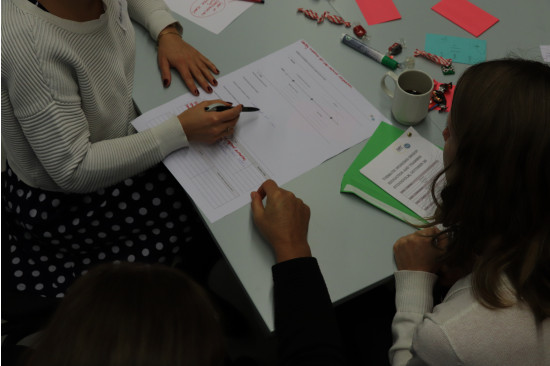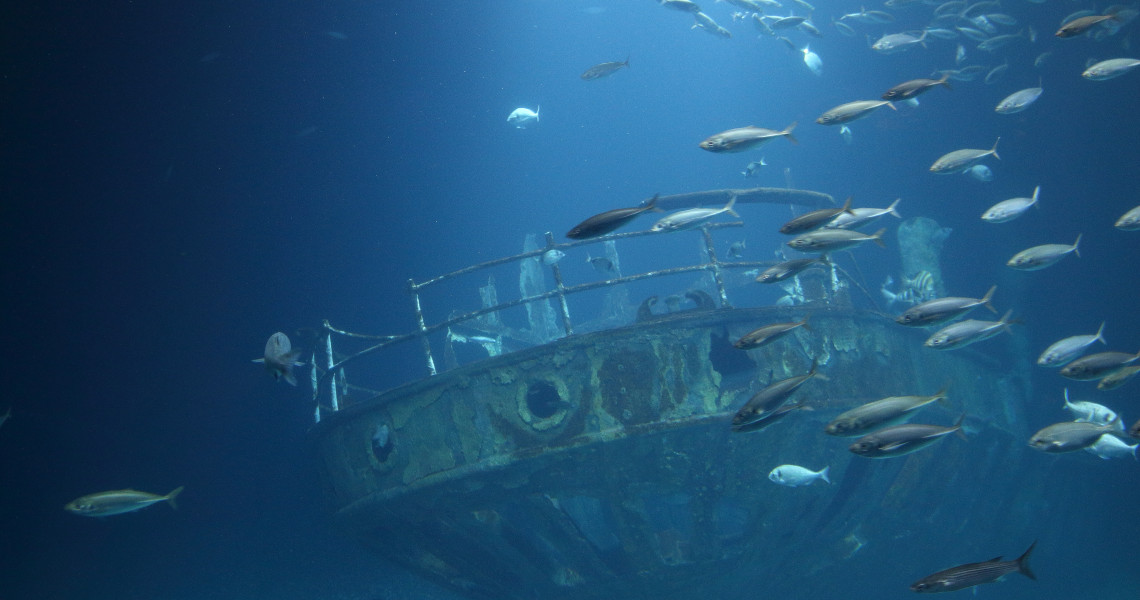Monitoring progress

Monitoring Progress
Policy impact
In terms of policy impact, the Action Plan should clearly set out the PA/HA’s objectives and strategy, and a clear indication of where the strategy is headed. In addition, there is a need to situate the PA/HA’s work within wider policy contexts/frameworks such as the EU’s policy framework and the UN’s Sustainable Development Goals. The targets & indicators section in each Action should clearly identify the policy output and policy deliveries to be produced by the Action and produce indicator(s) related to these keeping in mind that the PACs/HACs are at different stages in their operations and have different organisational structures, and they all face unique contextual environments depending on their respective sectors, objectives and priority areas. Policy outputs and deliveries could be policy briefings, policy recommendations, policy dialogues, agendas/strategies, new methods and structures and, at a later stage, new legislation. The type output of would depend on the nature of work/theme and maturity of the PA/HA. For instance, examples of policy outputs from the Action Plan of the PA Education, Science and Social affairs include a ‘Strategy for early school leavers’, a ‘NEET Agenda’ and a ‘Life-Long-Learning Agenda'.
Engaged stakeholders
A Macro Regional Strategy has the potential to be an efficient framework for sustaining and deepening generative dialogues across the region. To this end, a variety and relevant stakeholders must be engaged in defining and implementing strategic actions and macro-regional processes. The PAs and HAs are important nodes to facilitate this process.
Stakeholder engagement is an area of attention, as well as a capability, that Policy Areas and Horizontal Actions should continuously develop in order to perform external results. This capability should go hand in hand with the capability to design flagships or other impact-driven processes. When a sound stakeholder engagement process is in place, it is much easier to welcome and channel new actors/initiatives that approach us because they want to be a part of important thematic work coordinated within the PA/HA.
Stakeholders can be, for the purpose of monitoring and evaluation, divided into internal and external stakeholders. Internal stakeholders include the PAC/HACs themselves, the PA/HA Steering Group and Flagship leaders (where available). External stakeholders are outside the PA/HA/EUSBSR framework but are still relevant to the work within the macro-region. For monitoring purposes, stakeholders can also be grouped by the main territorial scale of operation (transnational, national, regional, local) to secure a real multi-level dialogue, and by their sectoral representation; to ensure a cross-sectoral dialogue.
PACs and HACs should have a good overview of the relevant stakeholders to their work. In terms of indicators, their involvement in PA/HA activities should be tracked for example by monitoring the number of stakeholders that have been actively engaged through various activities, for example meetings and seminars, social media, etc. In the Action Plan, there should be a clear indication of the baseline and a target (including an expected deadline to reach the target).
The M&E HelpDesk conducted with the PACs and HACs made a number of important points with regard to monitoring stakeholder engagement. These include
-
the usefulness of surveys, for example to analyse the satisfaction of the stakeholders over time, the extent to which the HA has been helping/supporting.
-
the need to come up with an overarching (general) indicator that covers all PAs/HAs and is designed to monitor stakeholder management (by, for example, policy makers
Absorbed funding
As strategic frameworks, the ability of MRS to make a difference in regional development depends to a significant extent on its availability to absorb funding. The PAC/HACs play an important role in the management and leadership with regard to the alignment of funding, particularly, but not exclusively, with regard to EU funding programmes. This includes ETC-programmes, sectoral programs and mainstream funding (ERDF, ESF, INTERREG, Erasmus, Horizon Europe, national and regional sources, etc.). In exploring available and potentially available funding, and in connection to monitoring and evaluation of this area, PAC/HACs and their related networks should pay particular attention to the following aspects:
-
effectively matching funding and activities, both conventional and less conventional/innovative working formats/activities
-
flexibly using funding, different sources of available to different actors
-
awareness of available funding should not only be improved among the PAC/HAC, but also extended to stakeholders and implementing actors
-
paying attention to interaction with the funding community
In terms of indicators, the level of absorbed funding should be tracked for example by monitoring the amount of funding gained for the Actions set out in the Action Plan. There should also be a clear indication of the baseline and a target (including an expected deadline to reach the target). Flagships provide an important base for bringing together different streams of funding. In more mature PAC/HACs, we also witness better sustainability of important initiatives, involvement of investors and international financing institutions, and increased effectiveness and efficiency of funding and public action.


















